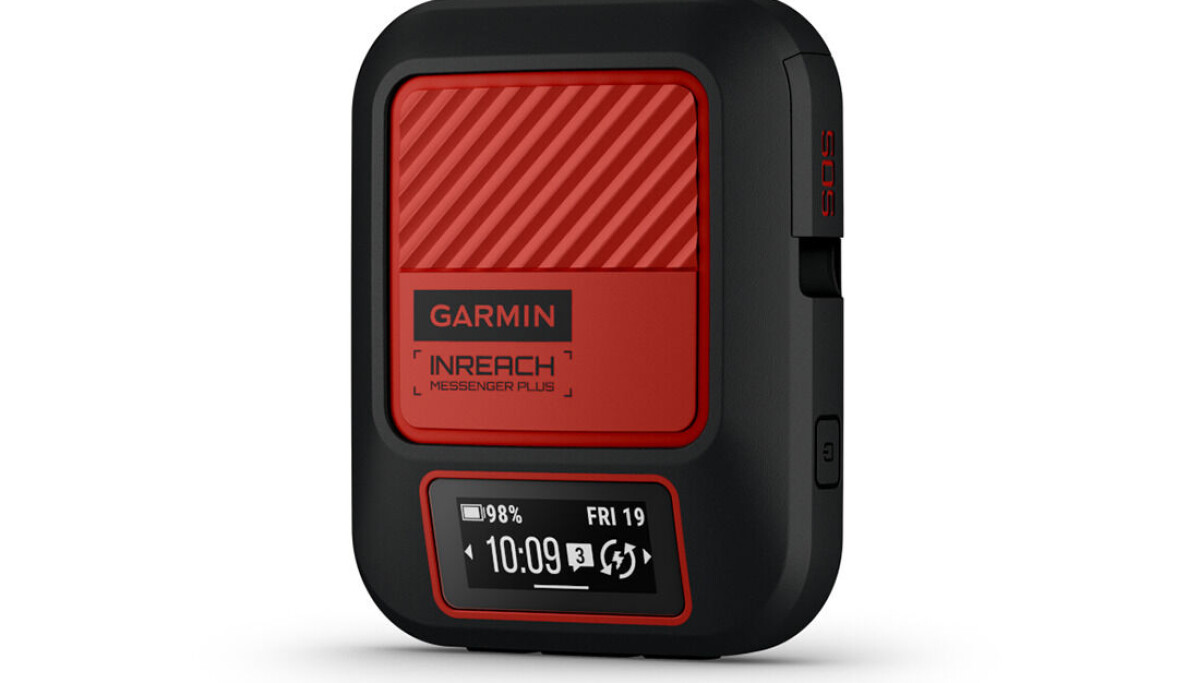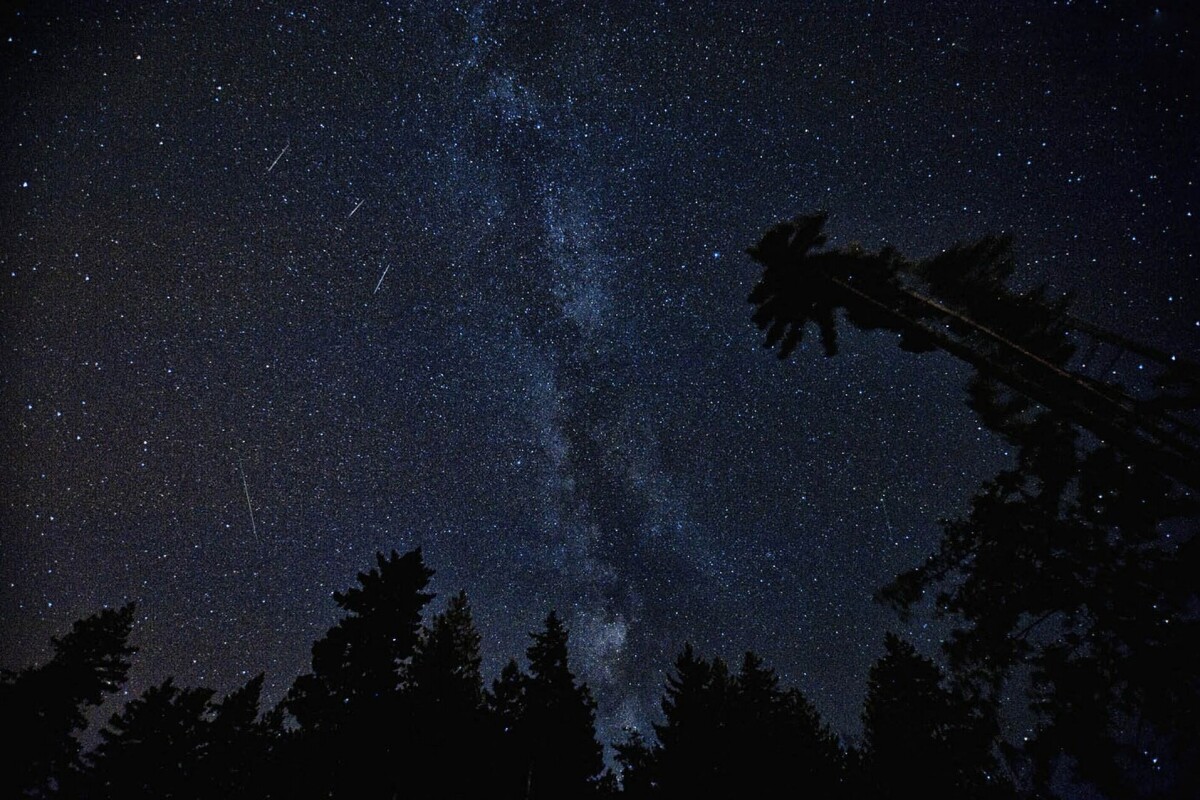News / Astronomy Images
On Monday evening, August 12 or early Tuesday morning before sunrise – you will have a great chance to see the Perseid meteor shower if weather permits.
Conditions are good this year for those who want to be able to see the Perseid meteor shower, with several dozen meteors per hour. Some have already been out to watch the spectacle, but the peak is likely to be reached during the evening of August 12, 2024, although the meteor shower will continue for several days to come.
It is Comet Swift-Tuttle that passes by the Earth's orbit and causes pebble particles to fall into the atmosphere and burn up. The fact that the particles are so numerous makes it a photographer's dream come true, to capture many meteors as fierce streaks in one image – a meteor shower.
In 2024, the moon will also be below the horizon after 10 p.m., which means the sky will be generally dark. When it gets dark, it's time to go out and look, and the chances of seeing meteor showers are usually best from 11 p.m. until the sun begins to light up the sky.
Anna Olson shares her best tips for astrophotography.
This year's rainfall estimate, the “azimuthal hourly rate” — the estimated number of meteors an observer could see during one hour of peak activity, assuming conditions are excellent — is 90, or about 1.5 visible meteors per minute.
Tips for those who take pictures
For those who want to photograph the Perseids, there are some simple tips:
- The best thing is to try to find a high place outside the city where the sky is dark.
- Use a tripod to avoid image shake.
- Choose a wide-angle lens to capture a large portion of the sky.
- Set the lens to full aperture, i.e. the lowest f-value, for example f/2.8.
- Use a long shutter speed, the duration depends on the ISO sensitivity you have set, as well as the ambient lighting, for example the foreground.
- Experiment with different ISO values to get the right light, as well as shutter speed.
- If you are using a mobile phone, keep it as still as possible or prop it up or secure it to something. Use Night Mode
To get the best view of the Perseids meteor shower, try to be in as dark a place as possible. The Perseids' so-called “radiant” is in the northeast, and that's where they appear to be coming from. To see them move across the sky, the easiest thing to do is to look at the darkest spot about 45 degrees above the horizon.
If you're really lucky, you might be able to see the Northern Lights in the same image as the meteor shower, if you're persistent enough.
More information about the Northern Lights And the beginning of the Northern Lights hunting season, in addition to other sky and space phenomena that you will find. kamerabild.se/norrsken.

“Entrepreneur. Freelance introvert. Creator. Passionate reader. Certified beer ninja. Food nerd.”







More Stories
Logitech Steering Wheel News: New Steering Wheels, Gear Lever, and Handbrake in Direct Drive Series
Garmin Launches inReach Messenger Plus App
Why Rare Earth Metals for Electric Cars Are Crucial for Modern Mobility